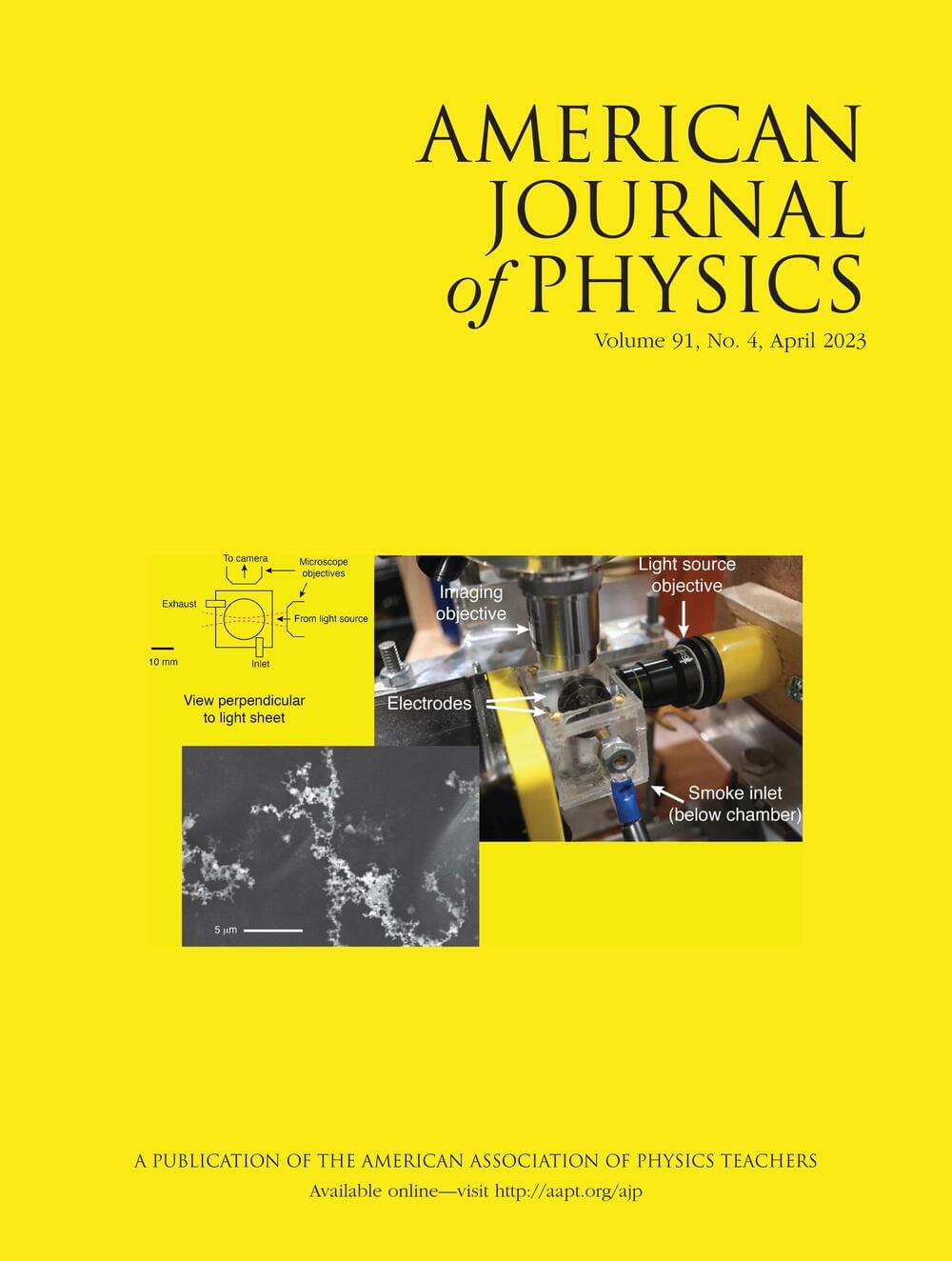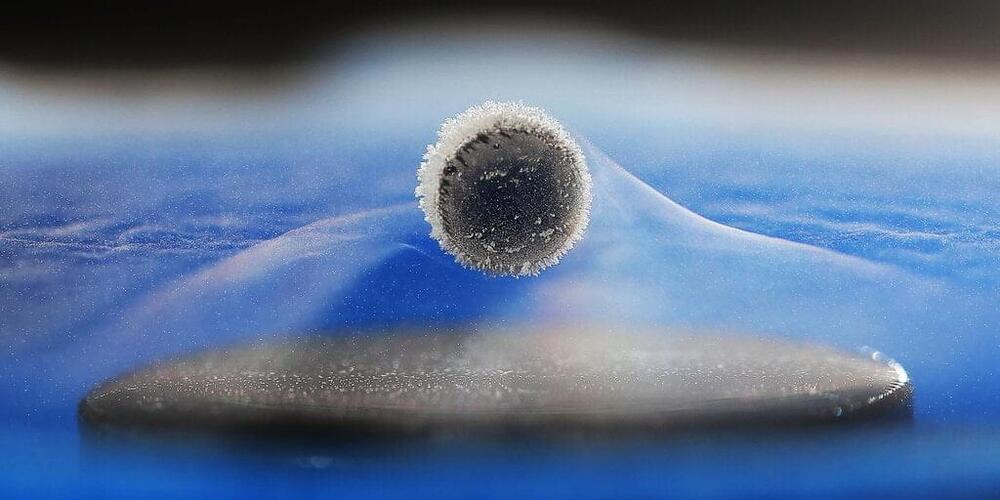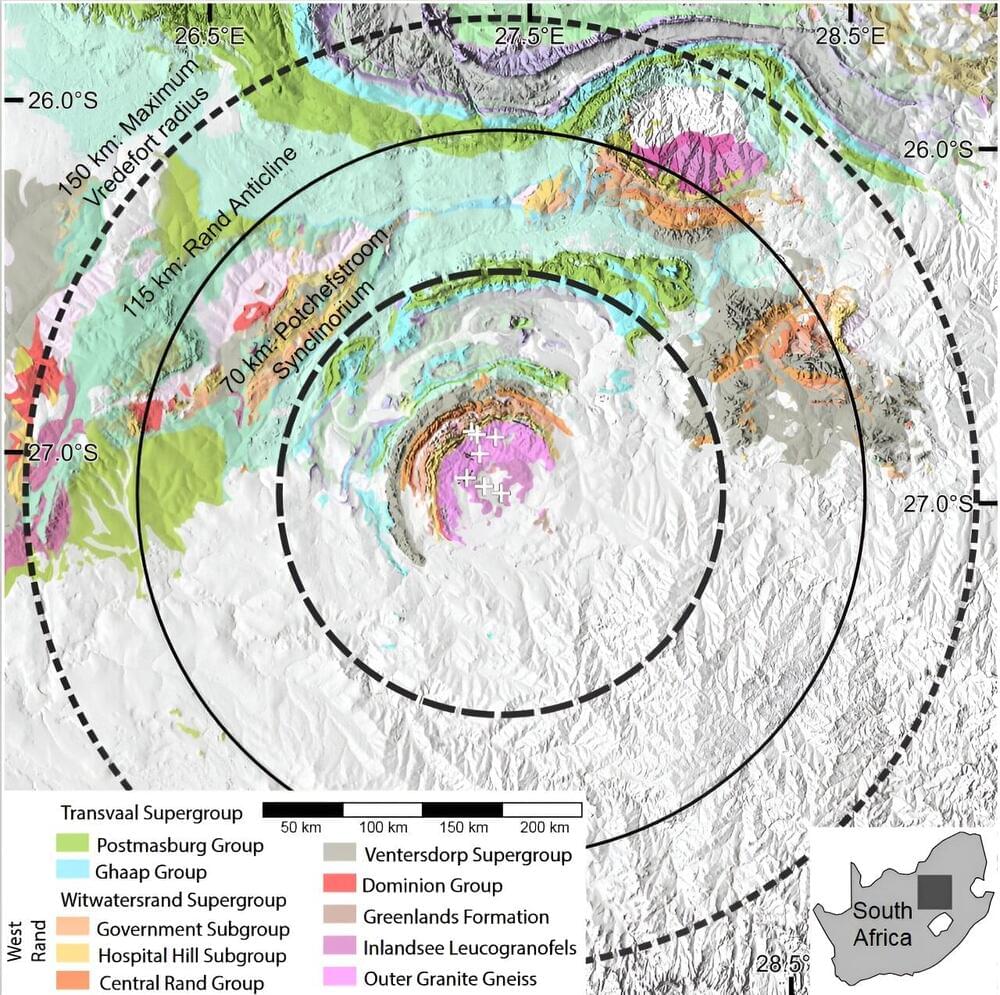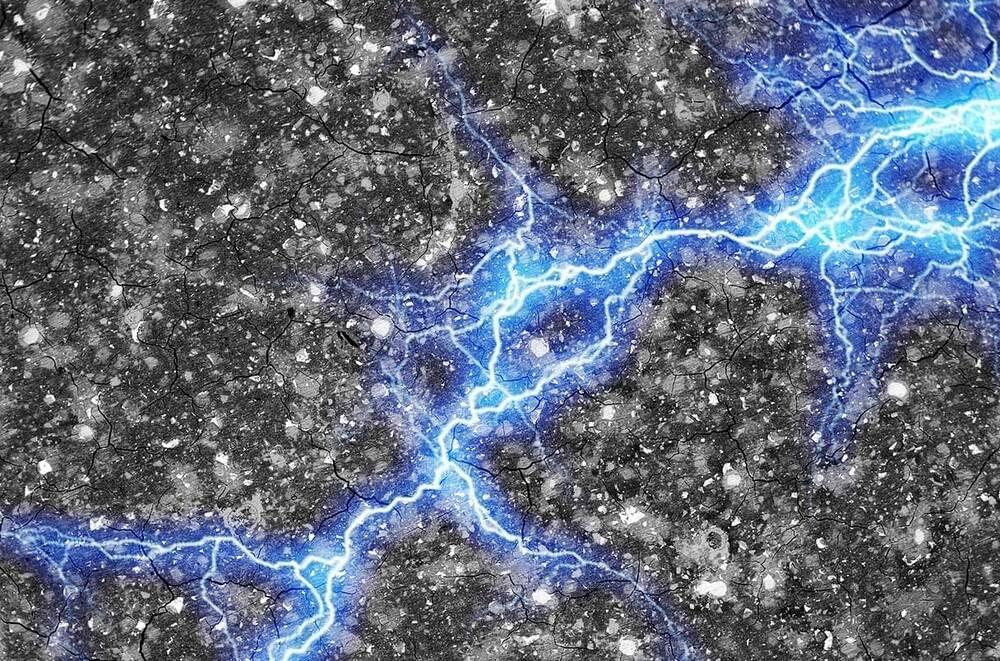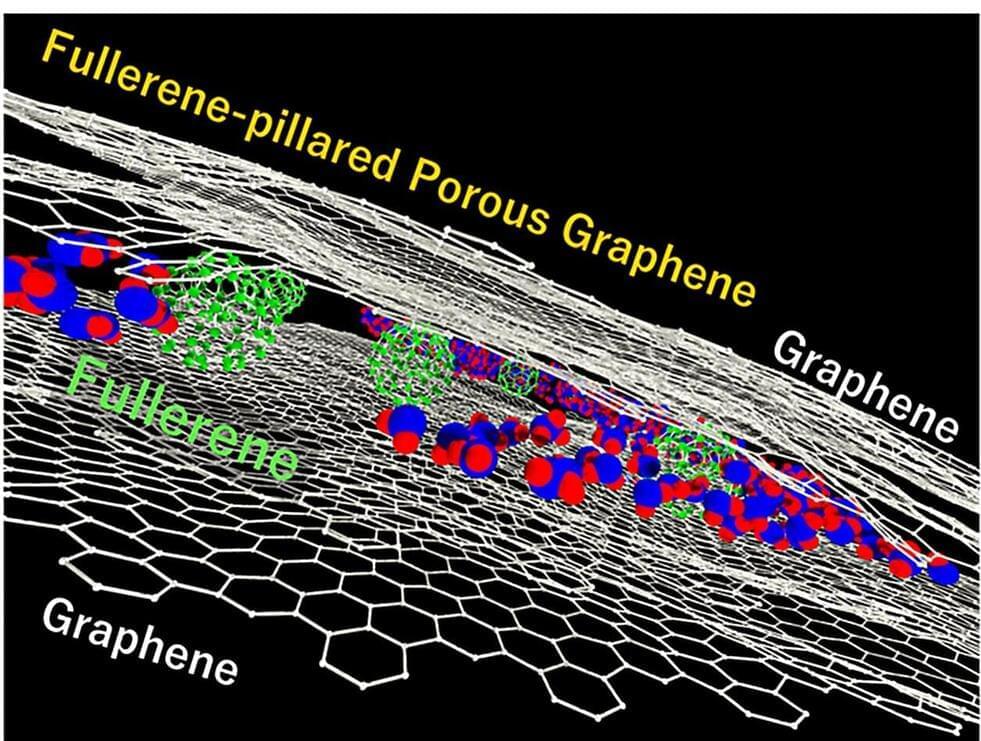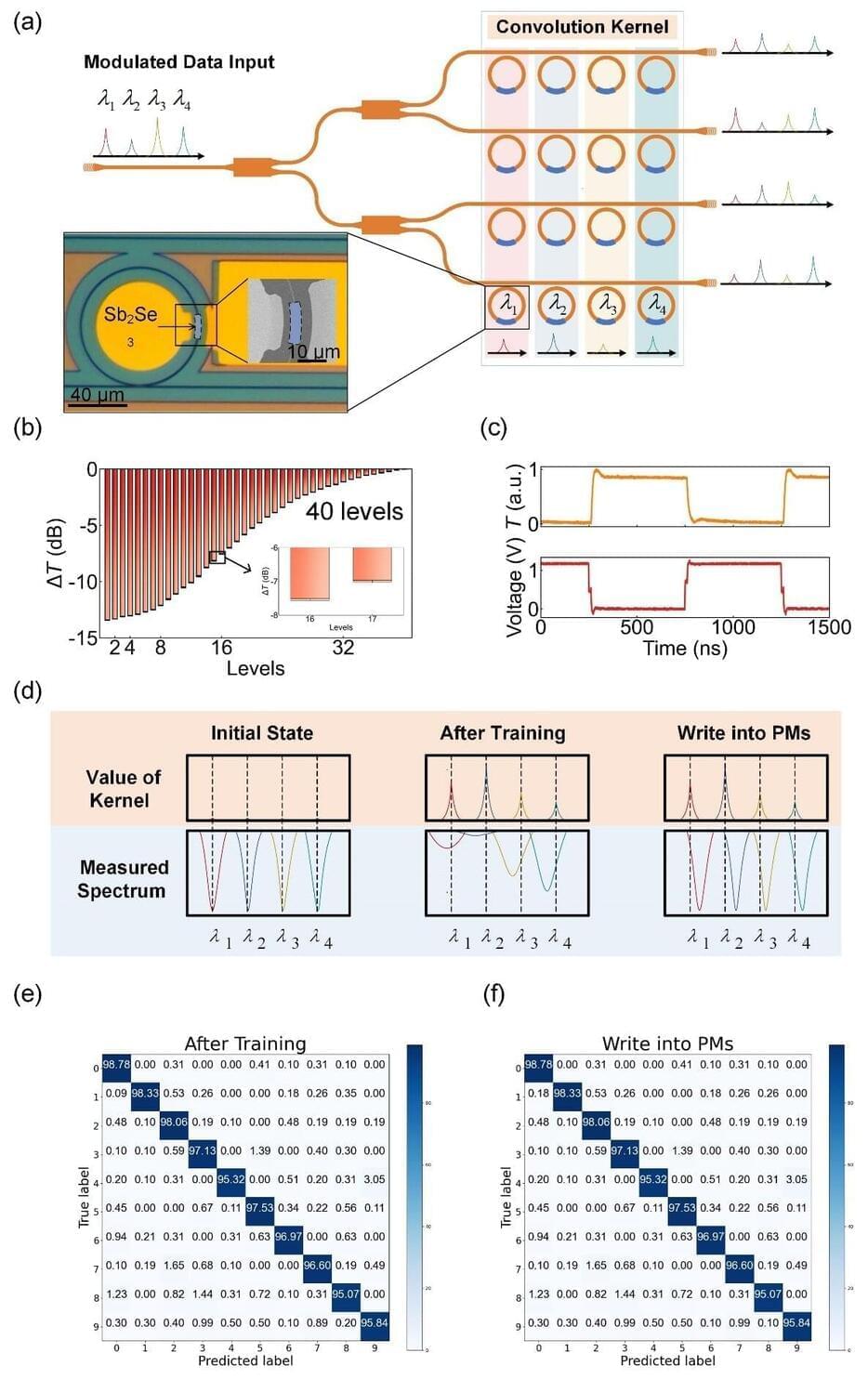Aug 3, 2023
Pinwheel house by JM Architecture resembles ‘a white pebble in the landscape’
Posted by Kelvin Dafiaghor in categories: habitats, materials
Glossy white-concrete panels clad this holiday home with a pentagonal plan in Italy, which has been designed by Milan studio JM Architecture.
The dwelling is named Pinwheel after its distinctive shape, which was JM Architecture’s solution for the client’s “only request” – that it offers views of both the nearby Lake Maggiore and surrounding alpine valleys.
“While exploring several design options for a compact house to fit on this small plot, we realised that the building constraints and the client’s requirements resulted in the simple geometry of a pentagon shape,” said JM Architecture founder Jacopo Mascheroni.

